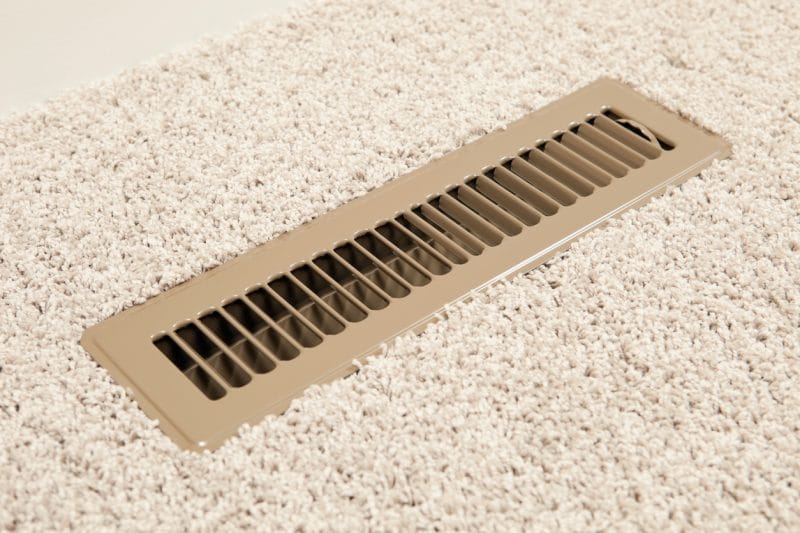
If your home is centrally heated and air conditioned, you likely have a number of vents to aid with the intake and distribution of air. For most homeowners, when you’ve seen one HVAC vent, you’ve seen them all. But HVAC vents include three types: grilles, returns, and registers. So, what are the differences?
While grilles, returns, and registers are all types of HVAC vents, there is a subtle distinction between the terms. More than likely, you can get by just using the term “vent,” but if you ever have a problem you need to discuss with your HVAC company regarding ductwork or vents, you can help your consultant troubleshoot with more precision if you know the difference.
Supply and Return Vents
When it comes to HVAC vents, you are probably most familiar with supply vents. This term refers to any of the vents from which conditioned air is distributed through your ductwork. If you can feel hot or cold air coming out, it’s a supply vent. Return vents are those where air is drawn into the system to be conditioned. Some homes have one large return vent, while others may have several smaller return vents throughout the house. In general, return vents are larger than supply vents.
HVAC systems should be balanced so that the amount of return air drawn into the system equals the amount that is distributed as supply air.
Grilles and Registers
The term “grille” (sometimes spelled “grill”) most often is used to refer to the permanent metal covering over the vents, be they return or supply. Grilles are found in walls, ceilings, and floors.
Registers refer to the slatted openings that can be controlled by an adjustable damper. These are usually rolling lever-type guides, or levers on the side of the vent, that open and close the damper to manage supply air flow from the supply ducts. You generally don’t want to close them completely, or the system may become unbalanced.
To schedule maintenance, repairs, or new equipment installations, contact Jackson and Sons.
Jackson & Sons, Inc.
Our goal is to help educate our customers in Eastern North Carolina (including Wayne, Johnston, Greene, Lenoir, Pitt and Duplin Counties) about energy and home comfort issues (specific to HVAC systems).
Credit/Copyright Attribution: “iStock”